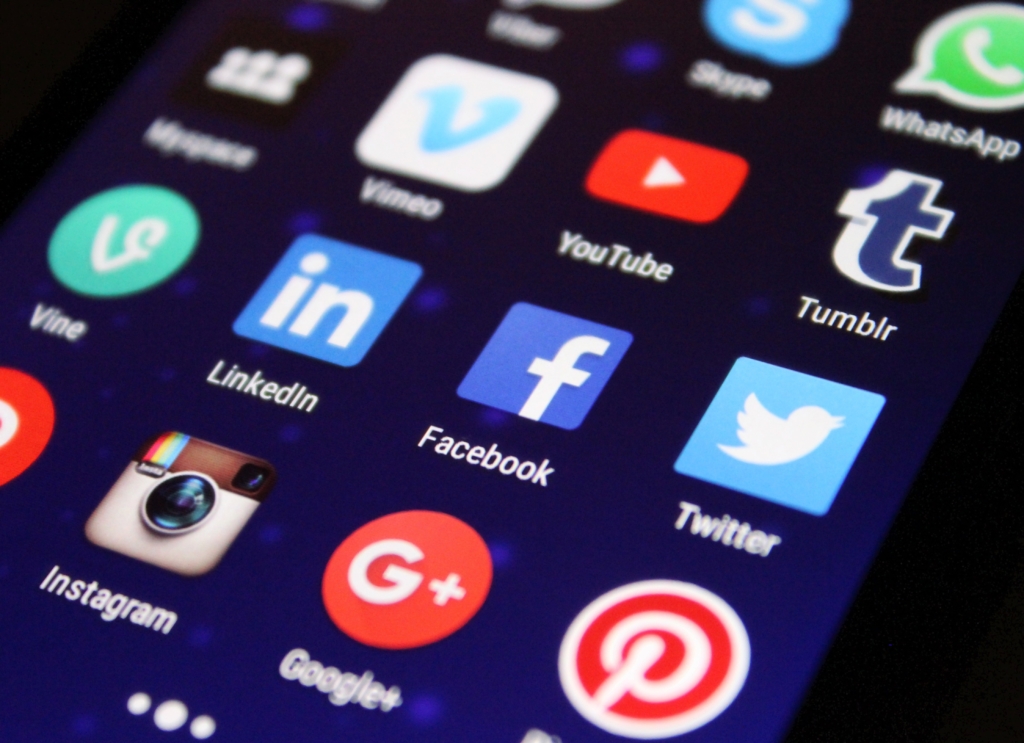
Last month on the Cabeza Advertising and Digital blog, we published the first part of our two-part series on social media marketing. The first installment covered paid social media advertising, and you can read it here. This second installment is about organic reach.
Organic reach and engagement are very important. You want to build brand loyalty and awareness without paying for social ads – because you want the engagement to be from people who are genuinely interested in your brand. However, this requires that you learn how your audience behaves on social platforms, the differences between each one, and the ability to make great content that engages people.
Understanding Your Audience
Different social platforms serve different purposes. To master social media as a brand, it’s crucial to understand how your audience behaves on each platform. This requires understanding why they use social media in the first place.
For instance, people are on Pinterest to look for ideas. They’re looking for wardrobe inspiration, new crafts to partake in, and different approaches to personal and work-related projects. On the other hand, people use Facebook to connect with people and brands they’re familiar with. Thus, Facebook is not a platform that caters to people looking for new things in the way that other social channels are.
Additionally, it’s important to recognize how users communicate with brands on social media. For instance, you’ll be more likely to find customer complaints on Twitter than any other platform, and pro tip: most of these customers expect a response to their Tweets within an hour of sending them. Capitalizing on this knowledge can be incredibly useful for building and maintaining your reputation.
A Difference in Platforms
As discussed in last week’s piece, each social platform is designed for a different purpose, and thus, they work very differently. For instance, even though Instagram has a “share to Facebook” option, tagging and general etiquette are different on the two platforms. Using the “share to Facebook” tool does not account for that.
Furthermore, each social media platform has a different set of posting limitations. For instance, the maximum character count per Tweet is very low in comparison to that of a Facebook post. And while Instagram allows ten pictures per post, Twitter only allows four.
As you go along, you will learn to recognize platform characteristics that help you construct a better social media plan. A useful one to be aware of is Instagram’s engagement algorithm. Did you know that when an Instagram post is edited after it’s been published, it is thought to mess with the post’s engagement? This is very problematic for a brand or influencer because Instagram increases the placement of posts within newsfeeds and recommendations if they attract better engagement. For reasons like this one, it’s a good idea to study other people’s findings regarding social media algorithms and pay close attention to how your posts perform.
How To Plan Your Posts
While it can be a hassle, it is important to have a solid posting plan for everything you publish. The time, days, and text should be optimized for what you’re promoting and who your audience is.
Best Posting Times
There are many online articles about the best times of day to post on social media. However, one of the best is Sprout Social’s “Best Times to Post on Social Media in 2019.” Many similar 2020 articles tend to reference it as well. The study includes findings for different niches (e.g. consumer goods, media, news) across Facebook, Twitter, Instagram, and LinkedIn. If you have never before considered the best posting times, this is one of the best assets you have to begin doing so. From there, you can begin branching out and experimenting based on what performs the best with your audience.
Automated Posting Services
In the case that you are unable to post at your ideal time, there is a solution in post automation services. Perhaps the most common free social media automation service is Hootsuite. With the free version of Hootsuite, users can plan up to 30 posts at once across three social profiles. The premium version may be best for somebody managing multiple accounts. Of course, other automated posting services may be worth experimenting with as well!
Analytics
An extremely important asset at your disposal is the breadth of analytics given to you by each social platform. These analytics often tell users how well certain posts performed in terms of engagement and visibility. Some platforms (such as Instagram) will even rank your posts for you, letting you know which performed the best and which received low engagement. Analytics across the board are crucial for content audits and improving your social strategy. Don’t miss out on the knowledge you can gain from them.
Need help?
If you find yourself needing help to grow your organic social media engagement, Cabeza Digital & Advertising is here to help and consult you.




